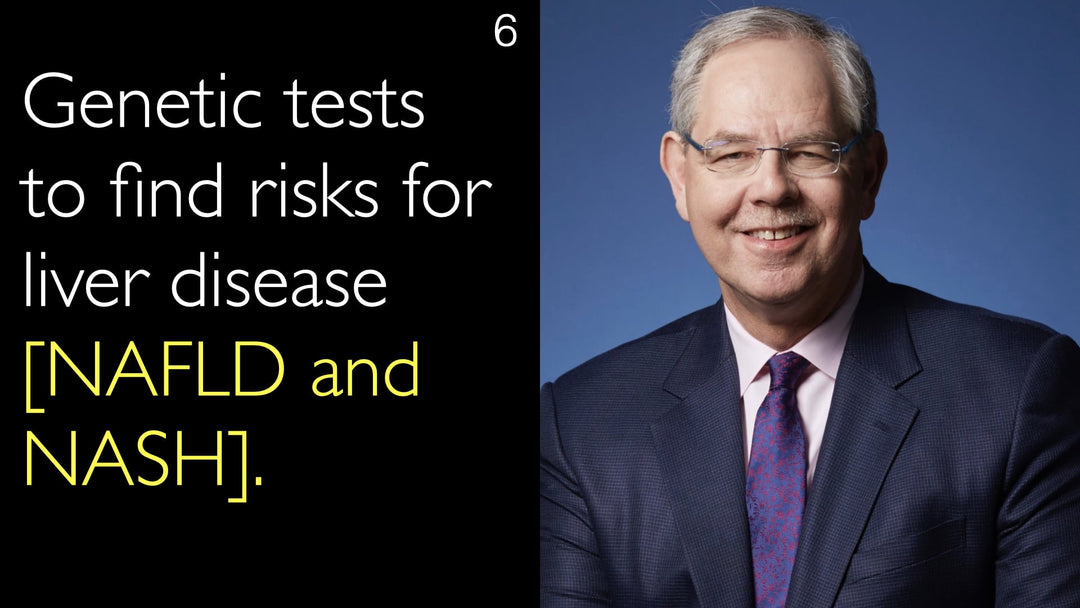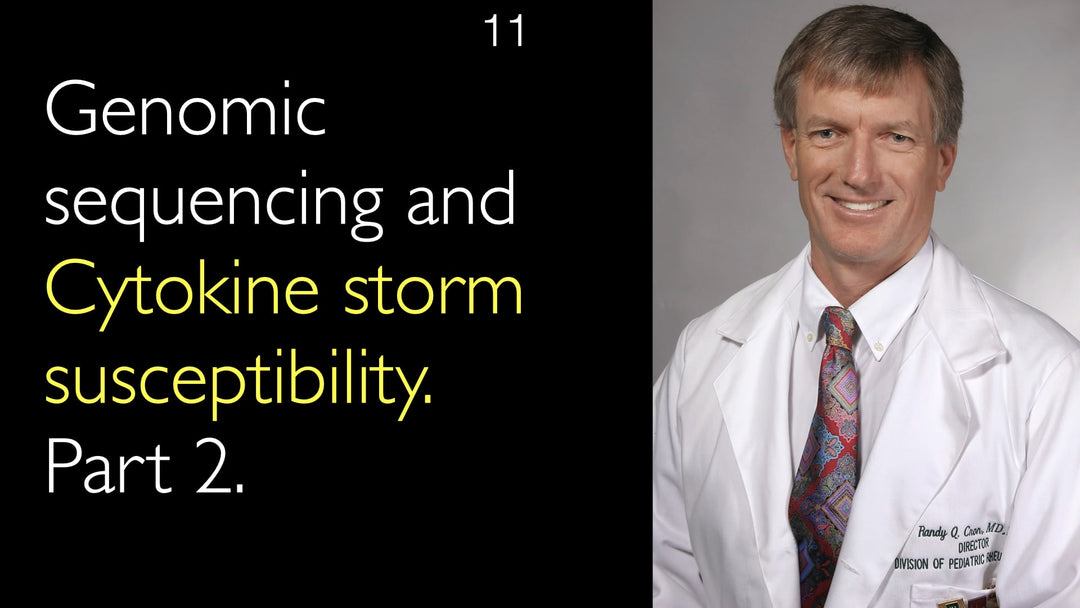Leading expert in thoracic oncology, Dr. Michael Lanuti, MD, explains how nonsmokers can reduce lung cancer risk by mitigating environmental hazards like radon and secondhand smoke, understanding genetic predispositions, and maintaining a balanced diet, while highlighting the current lack of definitive chemoprevention strategies.
Lung Cancer Prevention for Nonsmokers: Risk Factors and Protective Strategies
Jump To Section
- Radon Exposure and Lung Cancer Risk
- Secondhand Smoke as a Carcinogen
- Occupational and Environmental Hazards
- Diet and Chemoprevention Possibilities
- Genetic Risk and Family History
- Practical Risk Mitigation Strategies
- Future Research in Nonsmoker Lung Cancer
Radon Exposure and Lung Cancer Risk
Radon gas exposure is a significant environmental risk factor for lung cancer in nonsmokers. Dr. Michael Lanuti, MD, explains that radon originates from the natural breakdown of uranium in rock and soil. This odorless, radioactive gas can accumulate to dangerous levels in poorly ventilated basements and homes, particularly in regions with specific geological features. "In Massachusetts here in the US, there's high radon counts that you often see because of a lot of rock," notes Dr. Lanuti. The risk is especially pronounced in older stone constructions and areas where the ground naturally harbors high radon concentrations.
Secondhand Smoke as a Carcinogen
Secondhand smoke remains a difficult-to-quantify but serious risk factor for lung cancer development in never-smokers. Dr. Michael Lanuti, MD, emphasizes that consistent exposure to tobacco smoke in one's environment can significantly increase cancer risk, even without personal smoking history. This involuntary inhalation of carcinogens presents a particular challenge for individuals living with smokers or working in environments where smoking is permitted. Dr. Michael Lanuti, MD, underscores that avoiding secondhand smoke is a critical component of any lung cancer prevention strategy for nonsmokers.
Occupational and Environmental Hazards
Certain occupations and environmental exposures substantially increase lung cancer risk regardless of smoking status. Dr. Lanuti identifies several specific hazards: "Sometimes you're around a wood-burning stove all your life. That is a lung cancer risk. Sometimes you are in silicon or a silica type mine. That's a lung cancer risk. Sometimes you're around coal all the time." These occupational exposures introduce fine particulate matter and carcinogens directly into the respiratory system. The thoracic surgeon emphasizes that recognizing and mitigating these environmental risks represents a crucial prevention opportunity for nonsmokers concerned about lung cancer.
Diet and Chemoprevention Possibilities
Dietary modifications and chemoprevention strategies for lung cancer remain areas of ongoing research without definitive conclusions. Dr. Michael Lanuti, MD, discusses that while some studies have investigated high-dose vitamin D and green tea extracts, their protective effects are not firmly established. "They could be diet modulations that could reduce lung cancer risks," Dr. Michael Lanuti, MD, notes, adding that these interventions might help patients who already have cancer but their value for prevention is uncertain. Currently, Dr. Lanuti recommends a balanced diet as part of a comprehensive approach to health maintenance rather than as a specific lung cancer prevention strategy.
Genetic Risk and Family History
Genetic predisposition plays an important role in lung cancer development among nonsmokers, making family history a critical consideration. Dr. Michael Lanuti, MD, explains that "there are some family lines that have genetic mutations that are susceptible to lung cancer." This genetic component is particularly relevant for never-smokers who develop the disease, as smoking-related carcinogen exposure often overshadows hereditary factors in smokers. The thoracic surgeon emphasizes that knowing one's family history of lung cancer, especially among nonsmoking relatives, provides valuable information for risk assessment and early detection planning.
Practical Risk Mitigation Strategies
Practical risk reduction for nonsmokers involves a multi-faceted approach focusing on environmental modifications and lifestyle choices. Dr. Michael Lanuti, MD, outlines key strategies: "Balanced diet, avoid exposures to environmental things, avoid smoking, try to avoid secondhand smoke." For radon exposure specifically, he recommends ventilation solutions: "You move the radon gas through a basement or a house." These actionable steps represent the current standard of preventive care for individuals concerned about lung cancer despite never having smoked. Dr. Lanuti stresses that while complete prevention isn't guaranteed, risk reduction through environmental control is both possible and important.
Future Research in Nonsmoker Lung Cancer
The prevention of lung cancer in nonsmokers represents a promising area for future medical research, as current understanding remains limited. Dr. Lanuti acknowledges this knowledge gap, stating, "It is an interesting area, not really well investigated." The conversation with Dr. Anton Titov, MD, highlights the need for more studies specifically focused on never-smokers who develop lung cancer, particularly regarding genetic markers, environmental interactions, and potential chemoprevention agents. As Dr. Michael Lanuti, MD, notes, this topic holds significant importance for many people worldwide who seek to understand their cancer risks despite avoiding tobacco use.
Full Transcript
Dr. Anton Titov, MD: What causes lung cancer in nonsmokers? How does radon in the home increase the risk of lung cancer in never smokers? Can diet decrease the risk of lung cancer? What are the genetic risks of lung cancer in females and nonsmokers? What can a nonsmoker do to reduce the risks of lung cancer?
Dr. Anton Titov, MD: Is there a lifestyle, dietary, or perhaps lung cancer chemoprevention strategy that could help people reduce the risks of lung cancer? Because lung cancer also happens in non-smokers.
Dr. Michael Lanuti, MD: Yes, that's a very interesting question. We don't have great answers to it. So what are your risks for lung cancer outside of tobacco? Sometimes you're a nonsmoker and you're thinking about your risk for lung cancer.
Some of the things we've learned over the years would be things that you are exposed to. It is secondhand smoke, which is hard to quantify. Sometimes you're in an environment that has a high radon count.
In Massachusetts here in the US, there are high radon counts that you often see because of a lot of rock. The rock breaks down uranium, so you see these high radon counts in basements. If you live in your basement or even in the house with a high radon count, that could be a risk for lung cancer.
Dr. Anton Titov, MD: Are natural environments with high radon counts the older stone houses, like those common in the UK?
Dr. Michael Lanuti, MD: Yes, or stones in the ground. Not necessarily a house filled with that, but just that the ground harbors high radon concentrations.
Dr. Anton Titov, MD: An environment that is not aerated well.
Dr. Michael Lanuti, MD: Exactly. The way you would mitigate radon is that you basically ventilate. You move the radon gas through a basement or a house.
Sometimes you're around a wood-burning stove all your life. That is a lung cancer risk. Sometimes you are in a silicon or silica type mine—that's a lung cancer risk. Sometimes you're around coal all the time; that's a lung cancer risk.
There are environmental lung cancer risks that you can mitigate.
Dr. Anton Titov, MD: And what if you're not around any of those things?
Dr. Michael Lanuti, MD: Diet-wise, we don't really know if there's a difference. People have looked at high-dose vitamin D and green tea. They could be diet modulations that could reduce lung cancer risks.
Often, if you had cancer, it might do something. But if you don't have cancer, I'm not sure if it's chemopreventative. For lung cancer, we don't really have a chemoprevention strategy.
All we say is this: balanced diet, avoid exposures to environmental things, avoid smoking, try to avoid secondhand smoke.
There is a genetic basis for developing lung cancer. There are some family lines that have genetic mutations that are susceptible to lung cancer. So family history of lung cancer is important to know about.
Dr. Anton Titov, MD: Yes, it is, particularly in non-smokers. We can't say much about the smokers because they're all exposed to this environmental antigen carcinogen. But in non-smokers, that's very important.
Dr. Michael Lanuti, MD: It is important to know whether other family members who are non-smokers had lung cancer.
Dr. Anton Titov, MD: I think there isn't a whole lot more to say about it. But it is an interesting area, not really well investigated.
That's a very interesting topic for a lot of people around the world—prevention of lung cancer in non-smokers.







